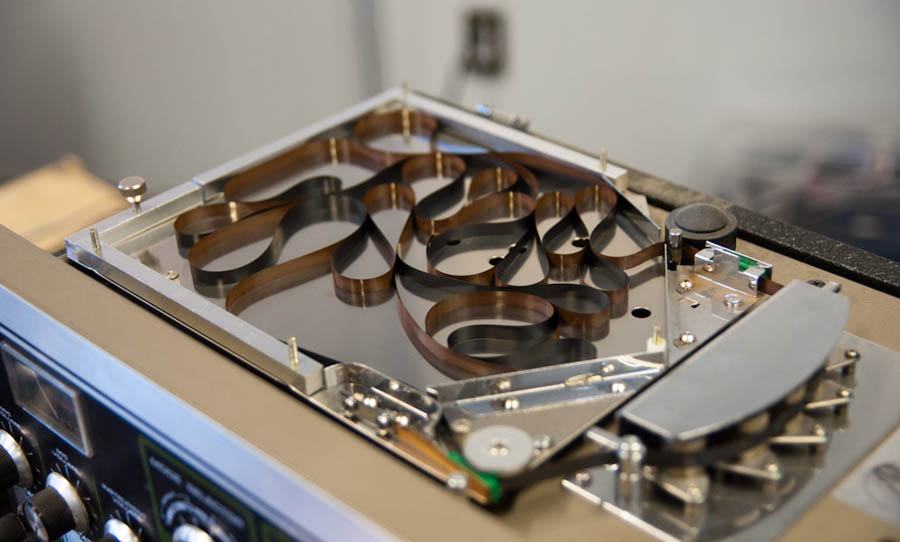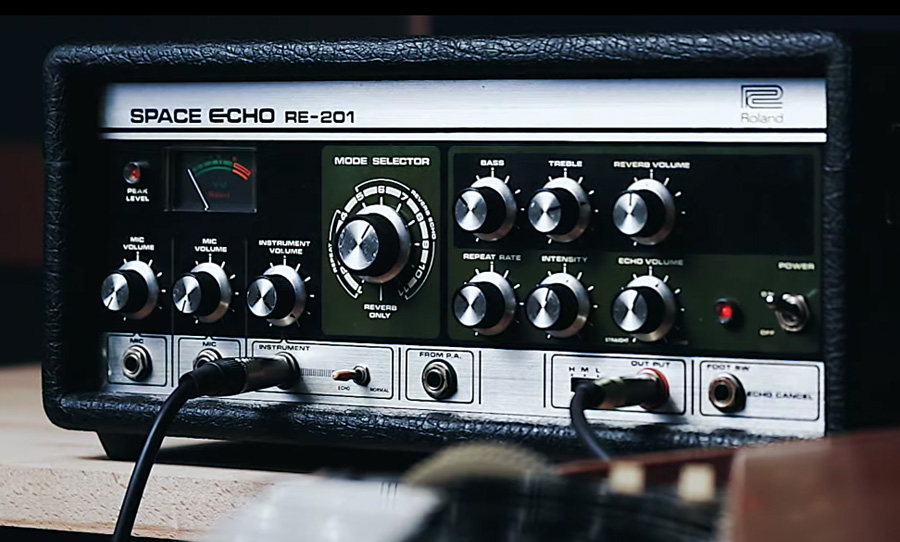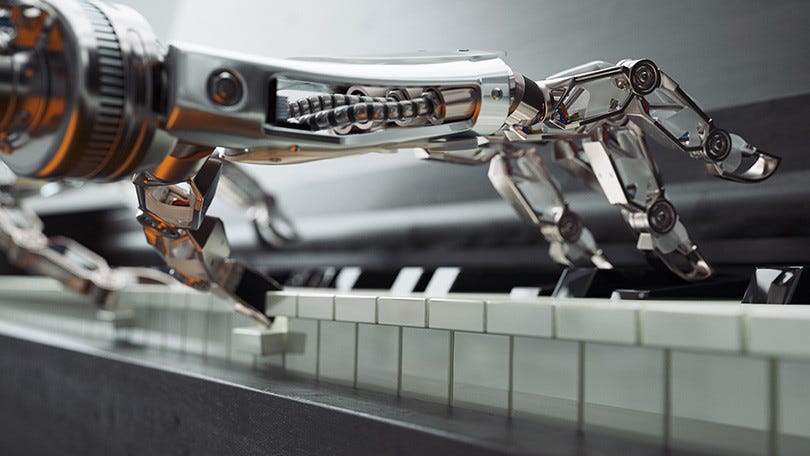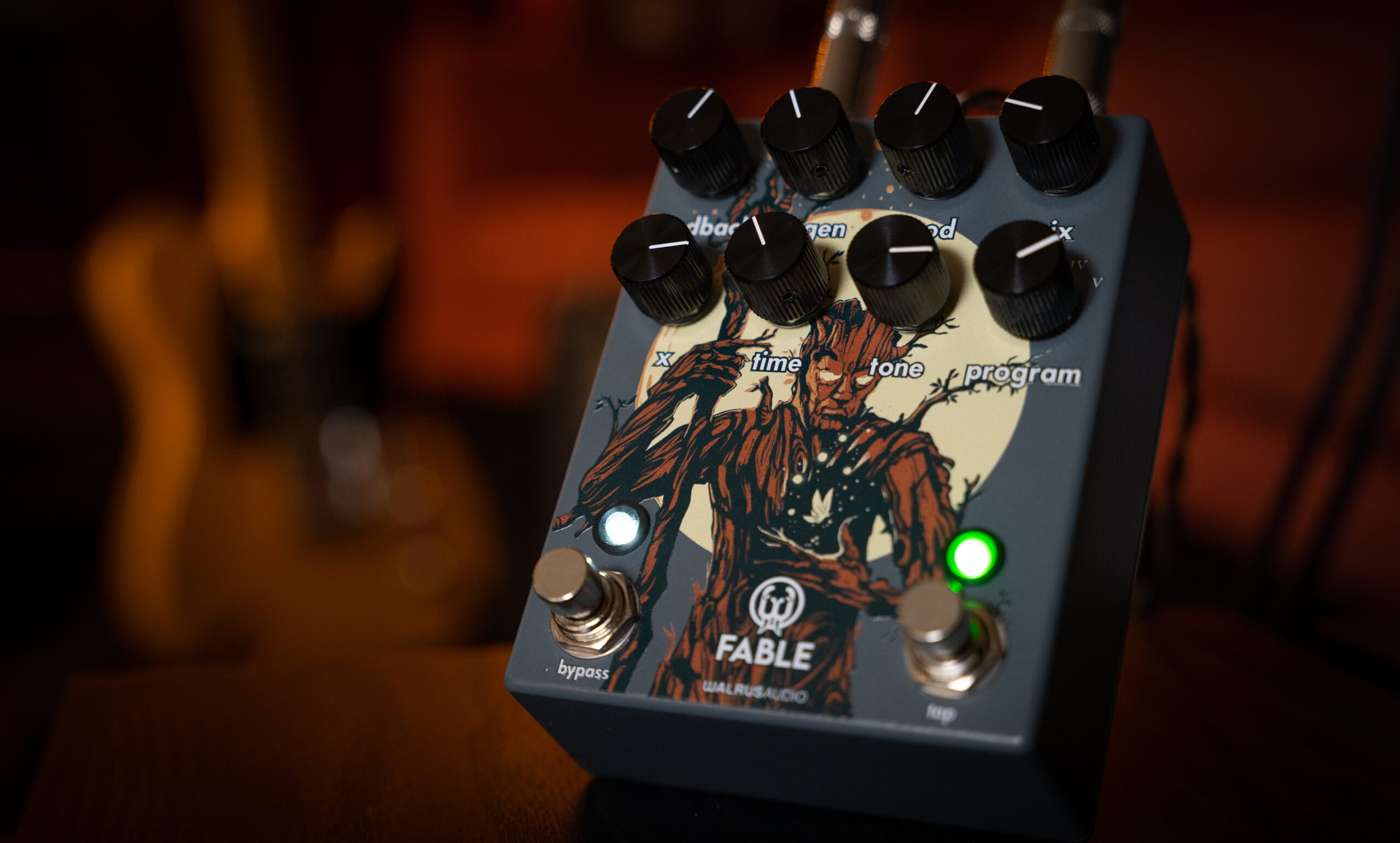The Roland Space Echo put delay in the hands of not just engineers, but experimental artists all over the world. It made waves throughout recorded history and lives on in various forms today.
Despite its ability to transport sounds into distant galaxies, the lineage of the Roland Space Echo stretches back into the primitive beginnings of recording. Why? Because it utilises that trusty tracking medium of the days of yore: analog tape.
So how has this device – that uses a comparatively simple method of creating delay – become so influential. For one, it’s portable (you don’t have to lug around a reel-to-reel machine). The user-friendly controls make it incredibly easy and fun to use. Also, there are the studio legends who have made the Space Echo their own and elevated the device to heights that could not have been imagined.
Tale of the Tape
Tape echo was first popularised by Sam Phillips, the proprietor of historic Sun Studios. Ever the innovator, he made his first experiments with delay in the mid 1950s, while recording a certain emerging talent called Elvis Presley.
The method involved recording to one tape machine, then recording that tape machine’s output to another machine. The delay time was determined by the physical distance between playback head of machine one and the record head of machine two. Far from superficial ear candy, the slapback delay creates a palpable sense of rhythmic momentum and became a defining element of the uptempo rockabilly style.
Things started to get even more interesting with the revelation of the Echoplex. This device was an important precursor to the Space Echo – being a more portable unit and giving users an unprecedented level of control over delay times and repeats. When pushed to the infinite, the Echoplex revealed a world of feedback – just the right sound for the psychedelic ’60s. It was famously favoured by the likes of Jimmy Page, Carlos Santana, Neil Young and many more.

New Kid in Town
In 1974 Roland’s RE-201, better known as the Space Echo, elevated the game. Key to it’s innovation were the multiple play heads that were placed along the path of the tape. These heads are accessed via the 12 position Mode Selector knob, which takes pride of place in the centre of the front panel. Modes 1 – 4 are delay modes only, while 5 – 11 is a blended of delay and the built in spring reverb unit, while the Reverb Only setting dishes up that quintessential surf rock spring.
Interestingly, there are no reels inside the machine. The tape sits within a tank, that is propelled along by the capstan when it’s switched on. This has the twin benefits of being able to move freely and constantly without wear, plus, the tape is easily replaced by simply taking the lid off. Unconventionally, there are two microphone inputs (assuming you wanted to have in impromptu karaoke session) alongside an instrument input, in which many thousands of guitarists have plugged in since the mid 1970s.
Other important controls include the Repeat Rate – which controls the distance between the echoes. This is an especially influential control, as manipulating the rate while playing back creates pitch shift effects. The Intensity controls the amount of delay repeats. Crank this all the way up and you can send the Space Echo into self oscillation. Artful manipulation of these two controls played a major hand in the ascent of dub artists like King Tubby and Lee Scratch Perry.
A Growing Family
A few years later, Roland developed the RE-301 or the Chorus Echo. This became a classic in its own right, due to a few key departures from its older sibling. It has the same echo and reverb features of the original, but as its name suggests, there’s also a chorus, which can be used in isolation, or blended with the echo and delay to add a dash of modulation to the ambience. If the echo was the sound that of the ’60s and ’70s, chorus had an equal impact in the ’80s.
The RE-301 also featured a Sound on Sound switch. According to the manual the “Sound on Sound effect reproduces input sound 10-30 seconds later to achieve doubled performance.” In other words, this ’70s era unit was an ancestor of the ubiquitous looper that we take for granted today.
The golden age of the Roland Chorus/Space Echoes ended in the early ’80s with the RE-501. It had almost the same functionality as the RE-301, though it did away with the iconic green in favour of orange and added a fourth playback head. But the writing was on the wall for tape echo and Roland, along with almost everyone else, turned its attention toward a decidedly digital future.

For the New Generation
The plugin world is now heavily populated with plugins that lay claim to the authentic Space Echo sound. As is their UAD has modelled the original with exactitude in their Galaxy Echo plugin, AudioThing has made an equally compelling tribute with Outer Space. And while they haven’t paid homage to the aesthetic, the industry favourite EchoBoy from Soundtoys has several modes that evoke the spirit of the Space Echo and many more vintage delay devices.
Roland themselves couldn’t withstand the hunger for echoey nostalgia, though their’s was not in the form of software. Their reboot of the Space Echo catered firmly to the players that made the original so famous in the first place: guitarists. The Space Echo twin pedal (one side for switching on and off, the other for tap tempo) features all the same controls (and looks) of the original.
How do these tributes compare with the original? Well, as with anything in sound, beauty is in the eye (or ear) of the beholder. New effects have the power to replicate the wow and flutter and top end roll-of that is characteristic of tape-based delay through ingenious software engineering. They also have the power to eliminate those vintage inconveniences, like noise.
Yet, if you had the power to create otherworldly ambiences or create entirely new rhythmic information in a completely hands-on and spontaneous way, would you care about the minor imperfections? I think we all know the answer to that.



